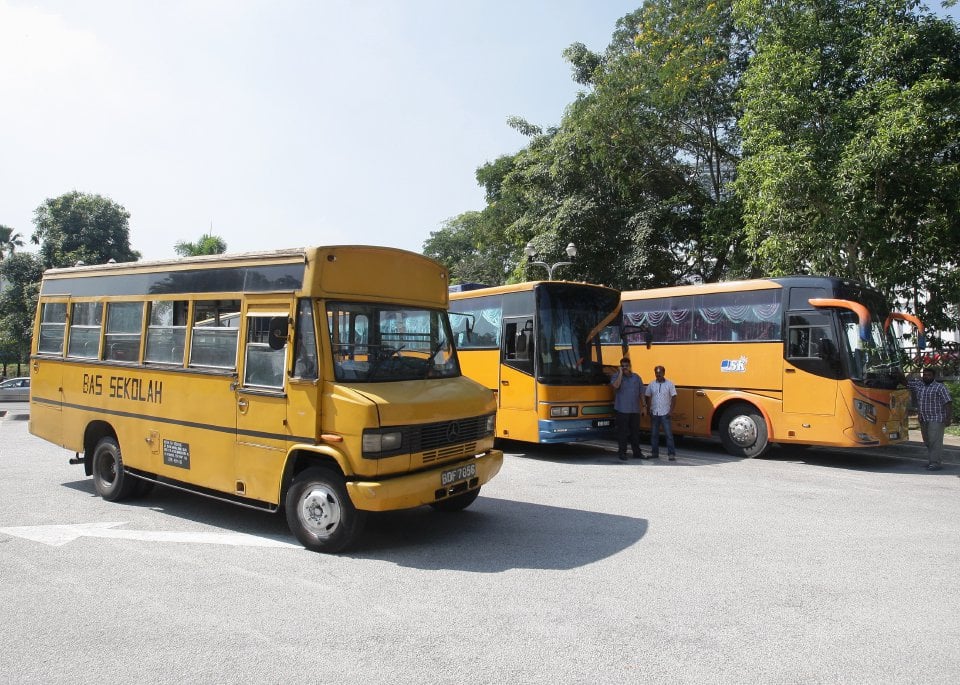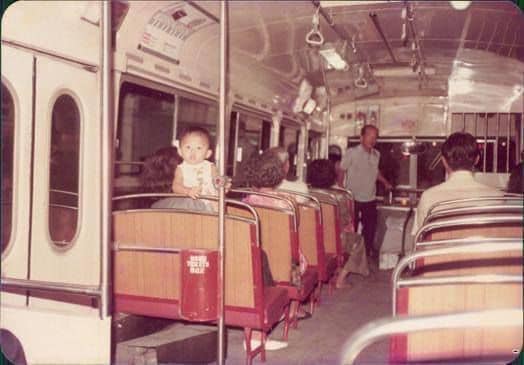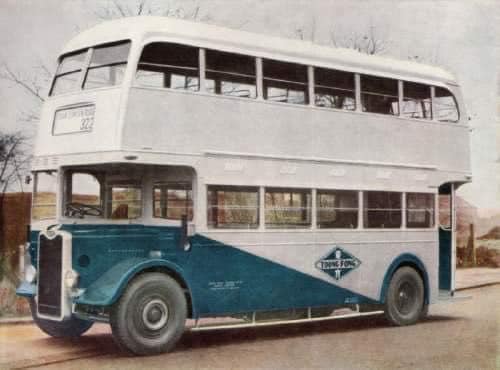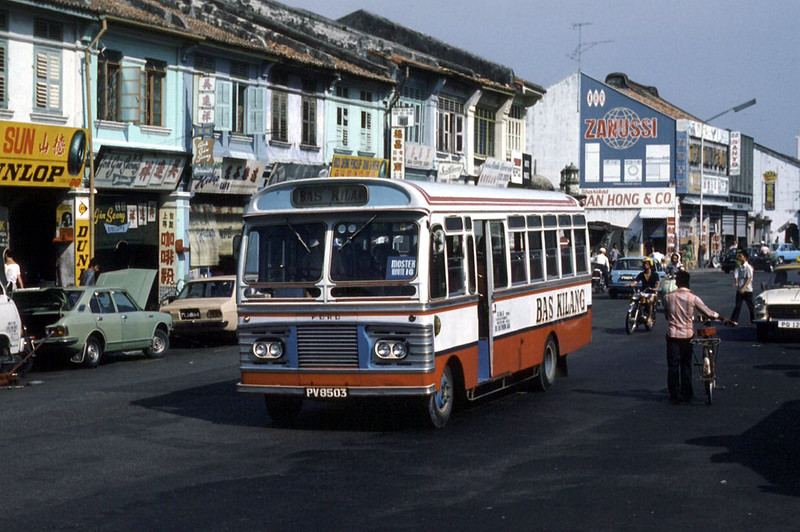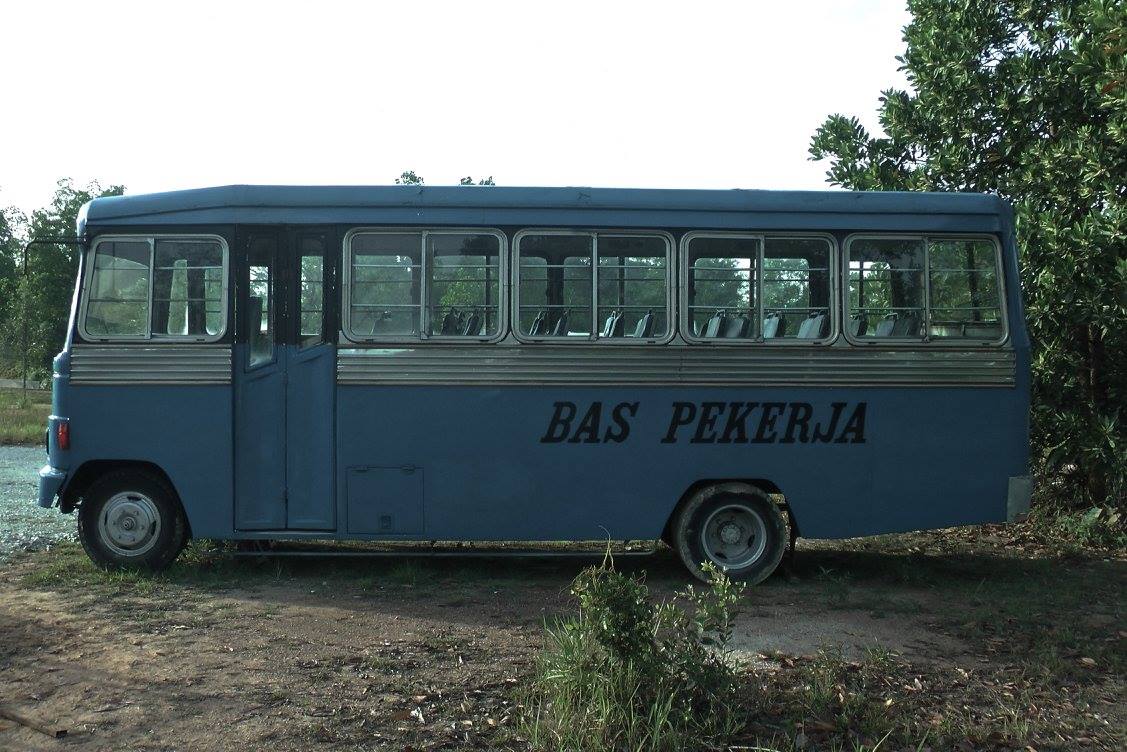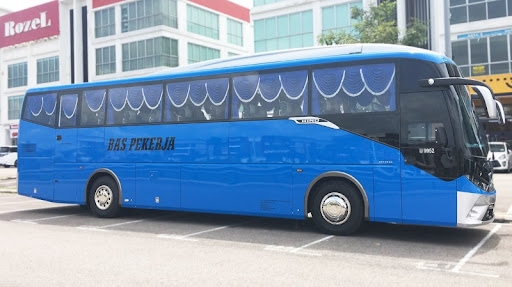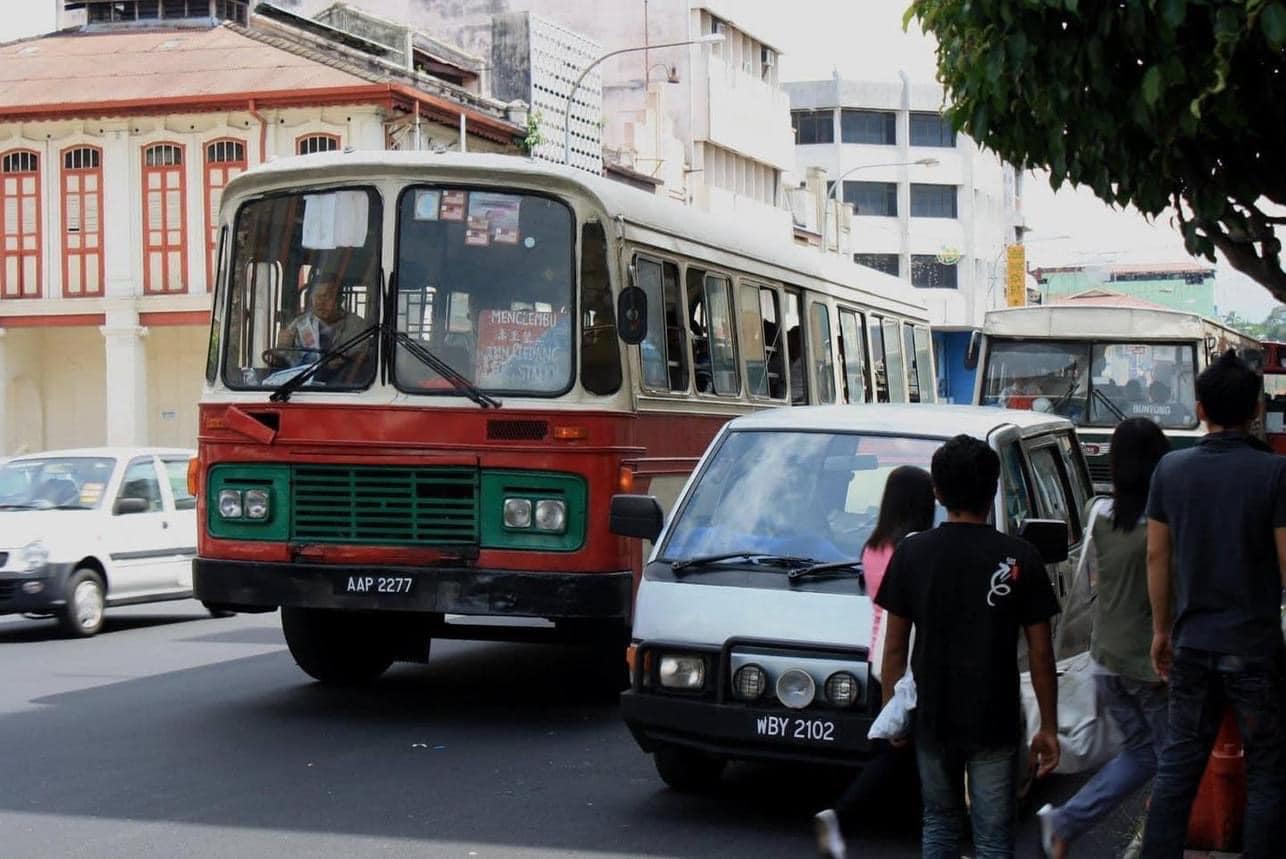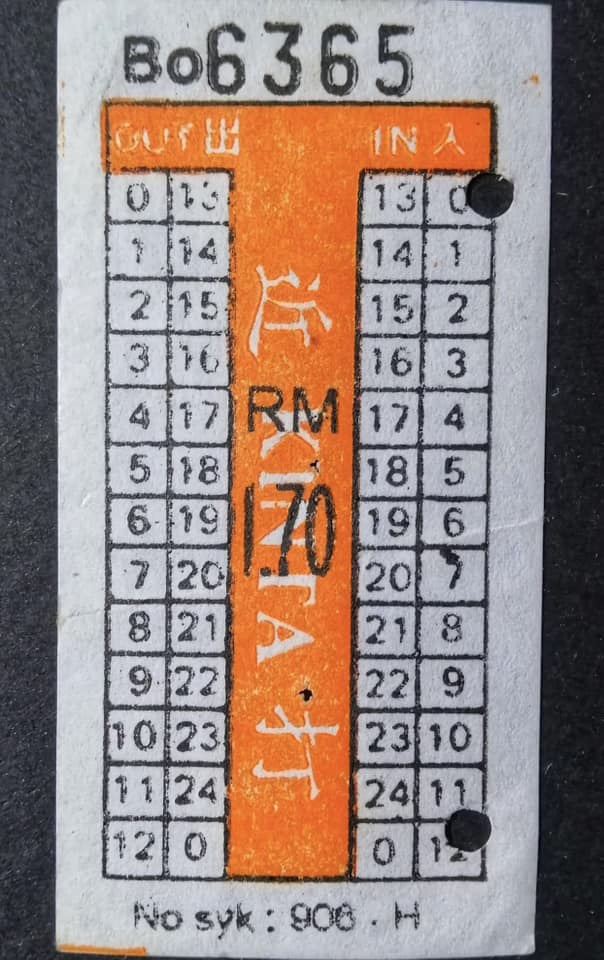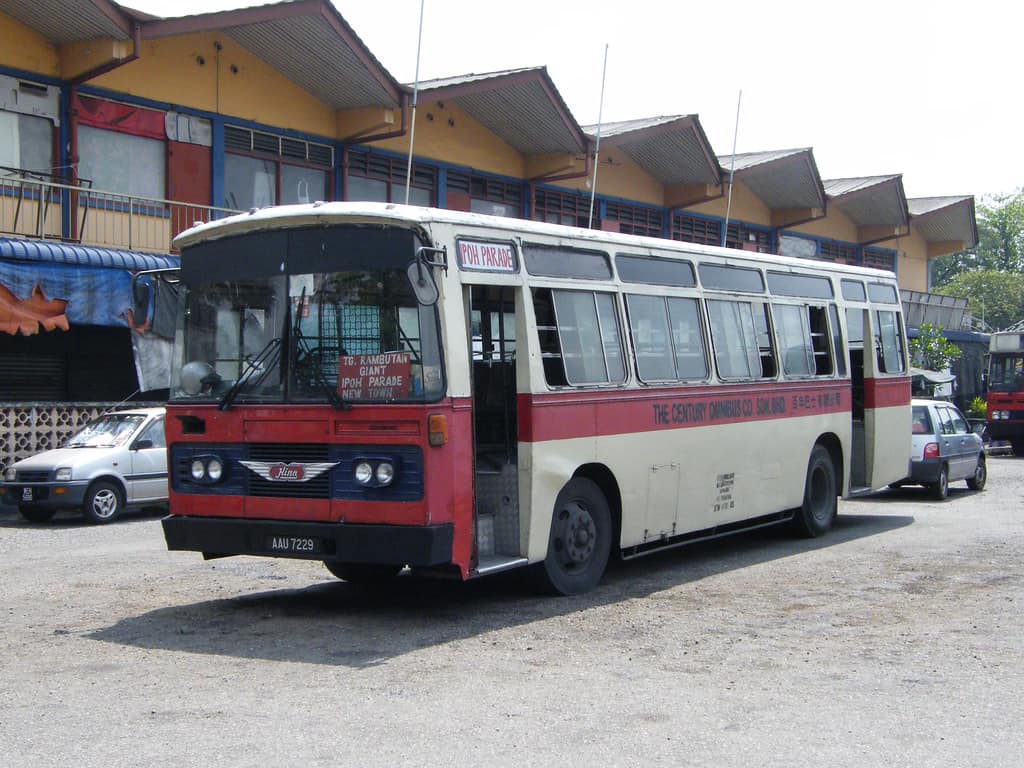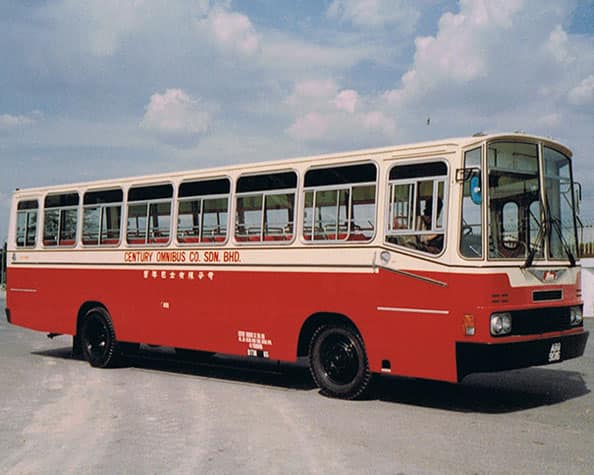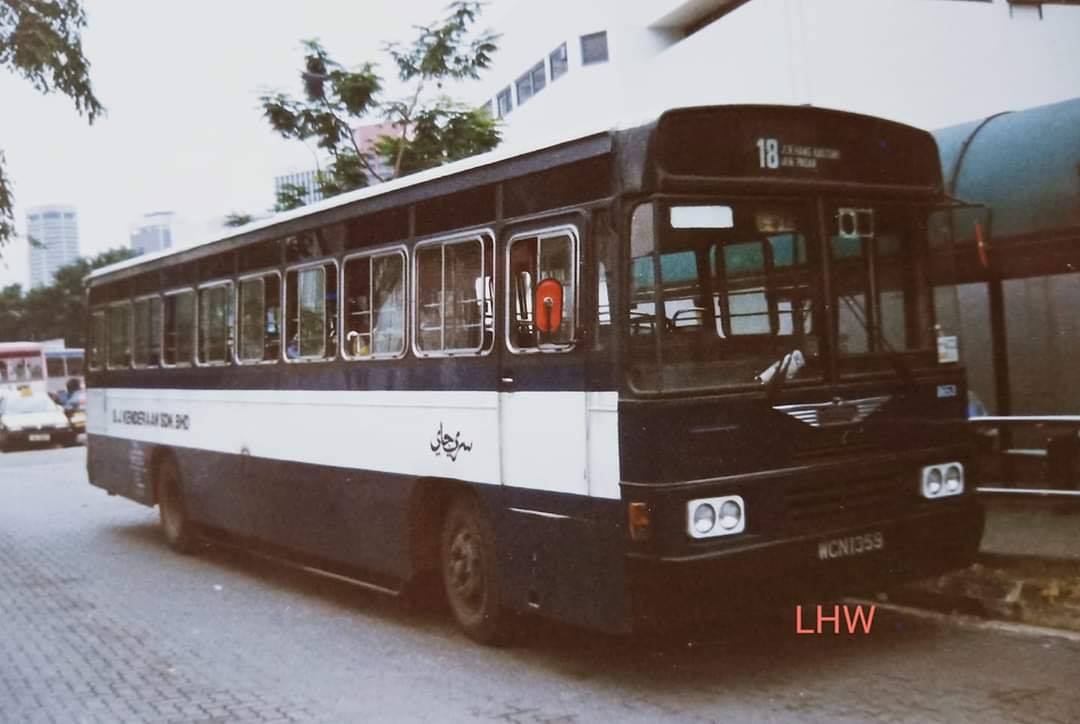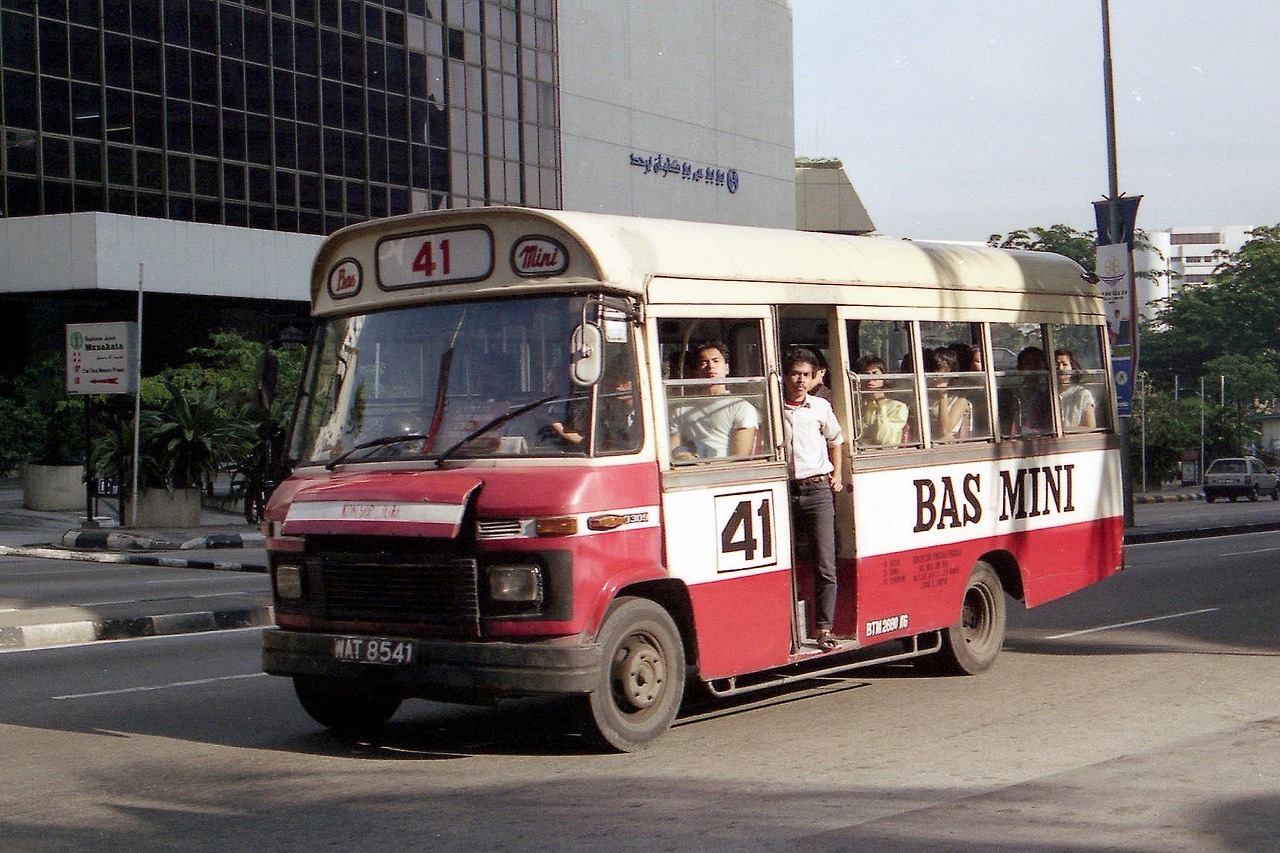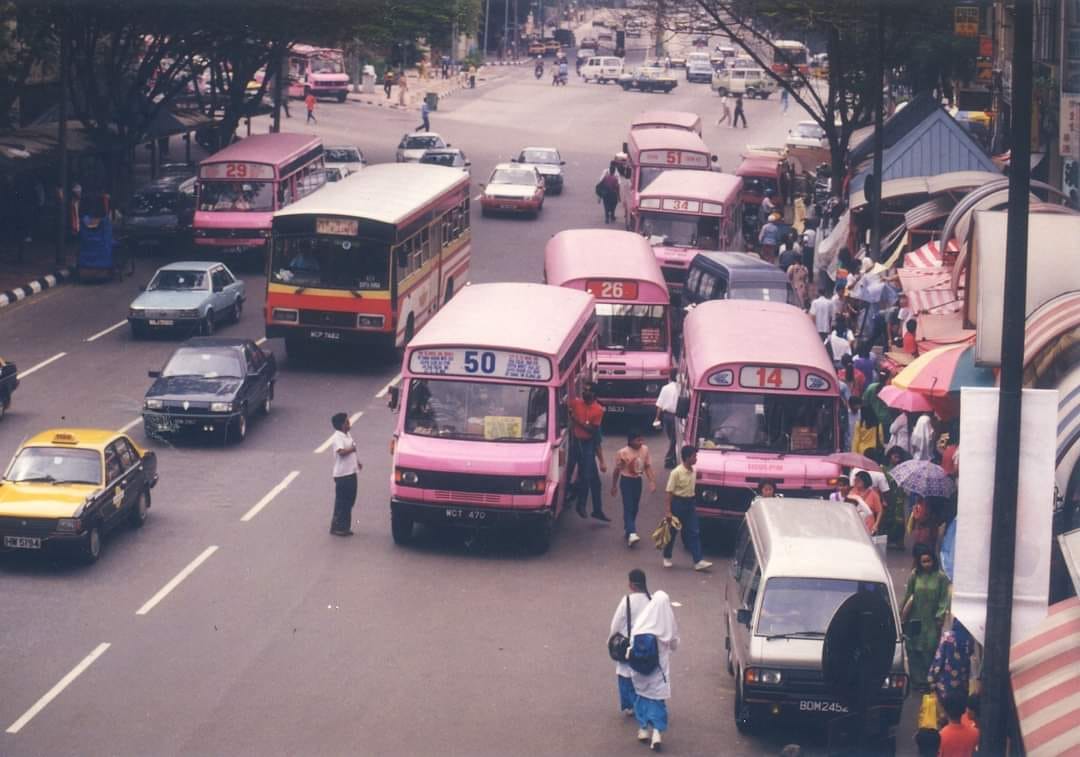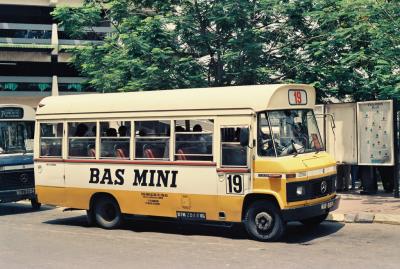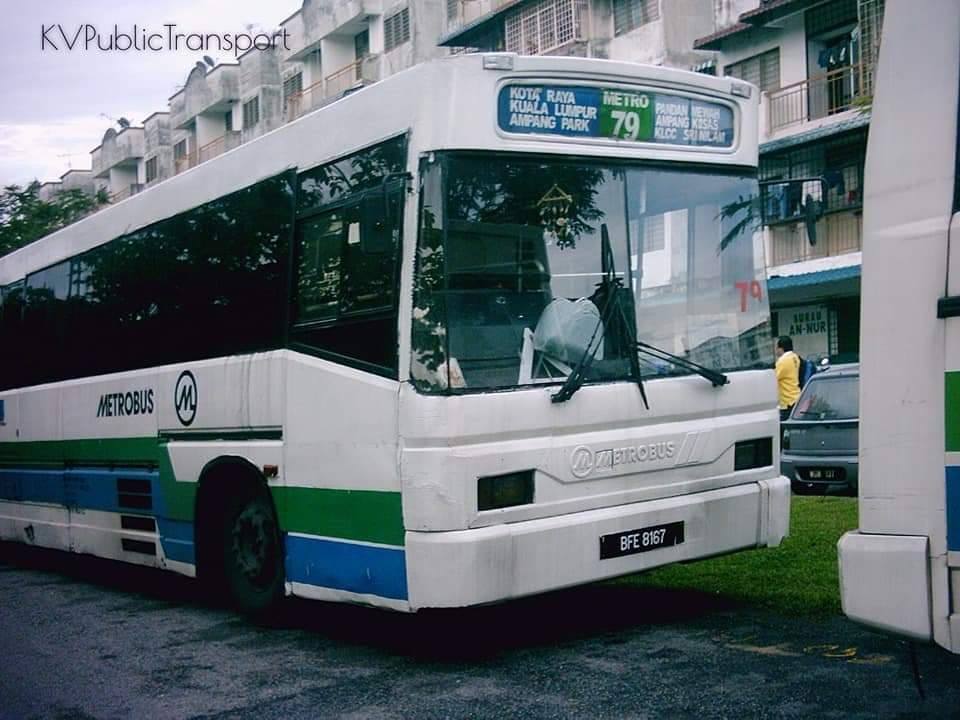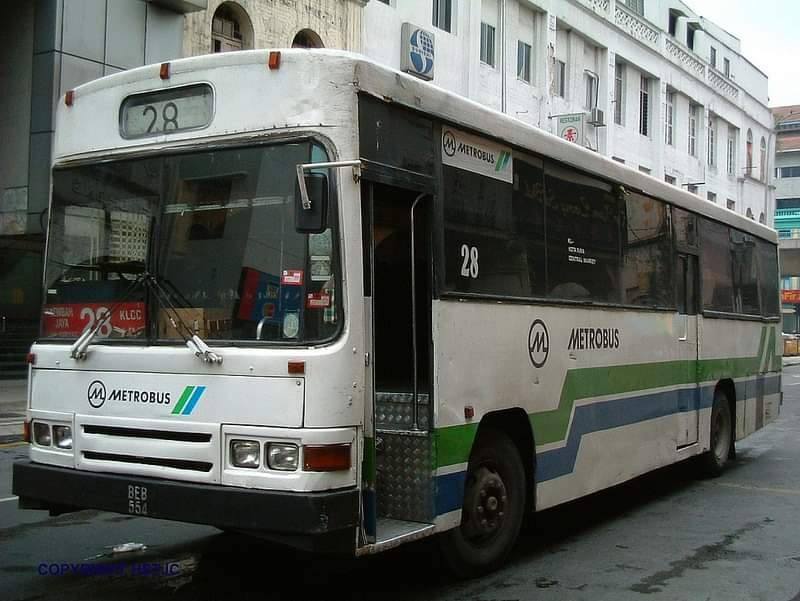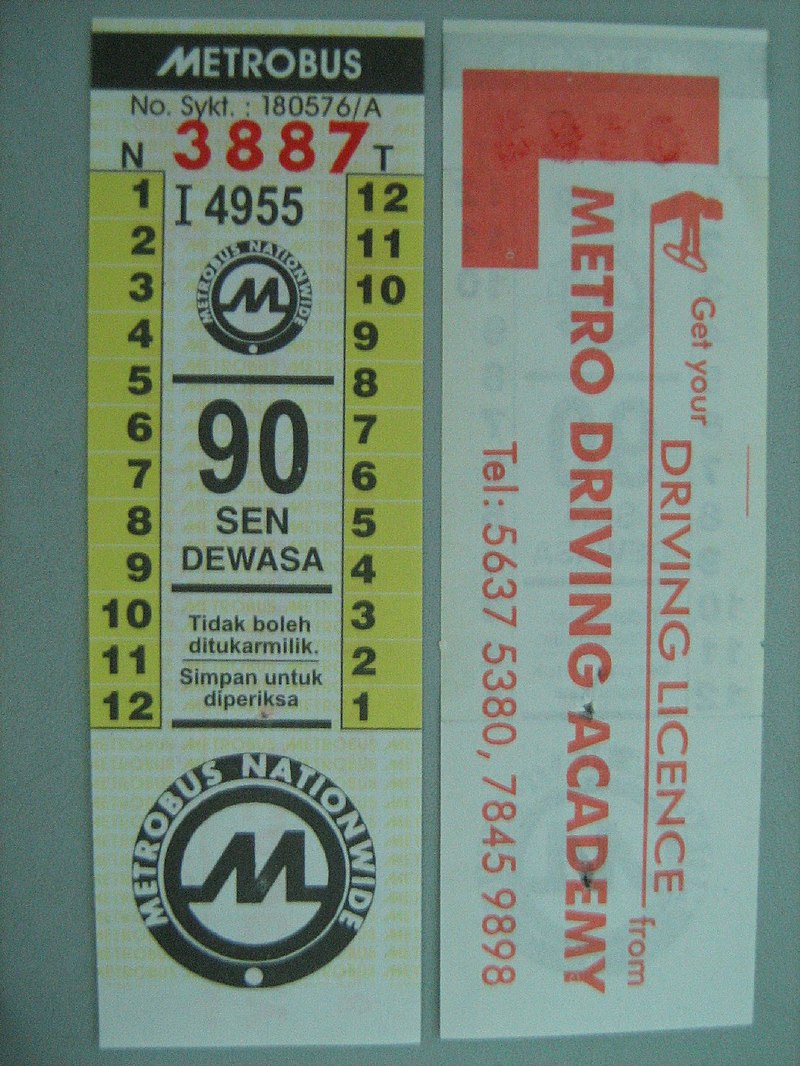[PHOTOS] How Malaysian Buses Have Changed Over The Years
Drive down memory lane with these old buses.
Long gone are the days of rickety wooden doors and stuffy, poorly ventilated buses
Throughout the years, Malaysian buses have undergone significant transformations due to urbanisation and economic growth.
This has led to a greater need for better public transportation.
Thanks to technology, modern buses have air conditioning, comfy seats, and entertainment systems.
Whether you remember those times or have never seen them, let's compare how buses in Malaysia looked decades ago to how they look now:
1. Bas Sekolah
Bas Sekolah, also known as school buses for students in Malaysia, have clearly evolved over time. From simple, small vehicles to modern, spacious buses equipped with air conditioning and advanced safety features.
2. Bas Len Seng
Bas Len Seng, also known as Len Seng Omnibus Company, was a bus company that operated multiple routes in Kuala Lumpur, including between Setapak Jaya and Ampang.
It has been said that it faced fierce competition from Mini Bus, especially during the '80s and '90s, before merging with other private bus operators to form Intrakota, which was later acquired by Rapid Bus.
3. Bas Toong Fong
Toong Fong was one of Kuala Lumpur's first bus companies. Passengers may recall that during its heyday, it used to issue colourful tickets.
However, it no longer operates in Kuala Lumpur, presumably since Rapid KL took over and covered most of its routes. One frequent passenger reminisces that bus tickets used to cost a mere 30 sen back then.
Toong Foong Omnibus Company Ltd double decker bus.
Image via The Legendary Bus in Malaysia (Facebook)4. Bas Kilang / Bas Pekerja
Bas Kilang, which translates to factory bus, was designed to ferry workers to and from factories or industrial areas.
It offered a convenient and economical way for factory employees to commute, especially for those without personal transportation or living far from the workplace.
Bas Pekerja is more commonly seen today. Companies can choose from minivans for smaller teams to full-sized buses for larger factories.
5. Kinta Omnibus & Century Omnibus
Kinta Omnibus was a bus company that operated mainly in Ipoh, Perak, including ferrying passengers between Batu Gajah, Gopeng, Kampar, and sometimes even Kota Bharu.
Century Omnibus Co was a private bus company in Perak that reportedly operated for 87 years. It is said to have ferried passengers between Taman Chempaka, Ampang, Chemor, Tanjung Rambutan, and the Race Course along Tambun Road.
According to Ipoh World, a building at the junction of Hume Street and Jalan Yang Kalsom once housed the Century Omnibus station for decades. It was a bustling area, especially with taxis, during the '60s and '70s.
Ipoh Echo reported that by 1937, the British reorganised the public transportation industry by consolidating Ipoh Internal Transport, Kinta Omnibus, General Omnibus, Reliance, and Century Omnibus under one flag – the Ipoh Internal Transport Company.
6. Bas Sri Jaya
Bas Sri Jaya, recognised by its iconic dark blue and white colours, was a bus service in Kuala Lumpur.
It operated between 1959 and 1998 before merging into Intrakota, which eventually evolved into the Rapid Bus system we have today.
7. Bas Mini
Bas Mini, also known as the 'Pink Lady', was introduced in 1975 and swiftly became the primary mode of public transport for commuters. The initial fare was just 40 sen, which gradually increased to 50 sen and later to 60 sen over the years.
It operated approximately 60 routes covering Kuala Lumpur, Petaling Jaya, Subang Jaya, and various other areas.
The buses sported various colour schemes, such as pink and white, yellow and white, and blue and white. Eventually, Bas Mini also became integrated into Intrakota Komposit, which has since evolved into Rapid KL.
8. Metrobus
Metrobus was a private bus company founded in 1992 that operated in the Klang Valley. It was once the second largest stage bus operator in Kuala Lumpur, after Rapid Bus.
In 2016, Malay Mail reported that the company was struggling financially and had reduced its fleet of buses from initial 425 in 1992 to just 45. According to its executive chairman, Ahmad Shah Wadood, Metrobus had to sell off its buses to stay afloat.
He suggested that the company's downfall may have been due to free bus services and a lack of funding from government initiatives.


